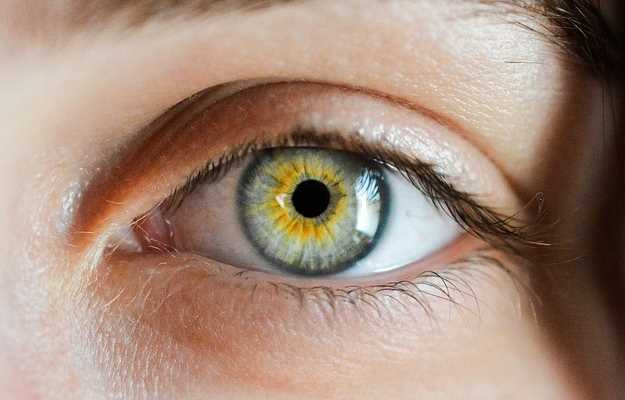What is choroideremia?
Choroideremia is a disorder associated with visual impairment. It is usually found only in males and has been known to affect between 1 in 50,000 and 1 in 100,000 males. About 4 percent of all cases of blindness in males can be attributed to this condition. Choroideremia is often confused with other problems associated with vision, often owing to certain symptoms or the fact that it is not found in a large percentage of the population.
What are its main signs and symptoms?
The first observable symptom of choroideremia is night blindness, which typically manifests during childhood. Over time, peripheral vision or the vision towards the sides is lost. This is called tunnel vision. Later, central vision is also lost, and eventually, it leads to complete blindness. This usually occurs in adulthood. While this is the typical progression of the disorder, the rate and severity with which it is experienced and the time at which symptoms are observed may vary.
What are its main causes?
The human eye consists of 3 layers which contribute to sight – choroid, retinal pigment and photoreceptors. When affected by choroideraemia, loss of vision occurs due to degeneration of these 3 layers.
Choroideremia is a genetic condition passed on in the family through inheritance of X-linked genes. Since females usually compensate with a healthy X chromosome, they remain unaffected. Males, on the other hand, are susceptible owing to the single X chromosome.
How is it diagnosed and treated?
A vision test to ascertain the level of visual functioning is the first screening test. Following this, an examination of the retina for degeneration is carried out. Some genetic testing may also be conducted to check for variances and the possibility of developing the condition.
There is no established cure or treatment for choroideremia. Most of the intervention today is centred around managing the condition, addressing the symptoms and providing support. Low vision aids, adaptive skill training and specialised devices are some ways in which support is provided. In addition, job placements, financial assistance and counselling are other tools that can better equip the individual and family to deal with the condition optimally.
















